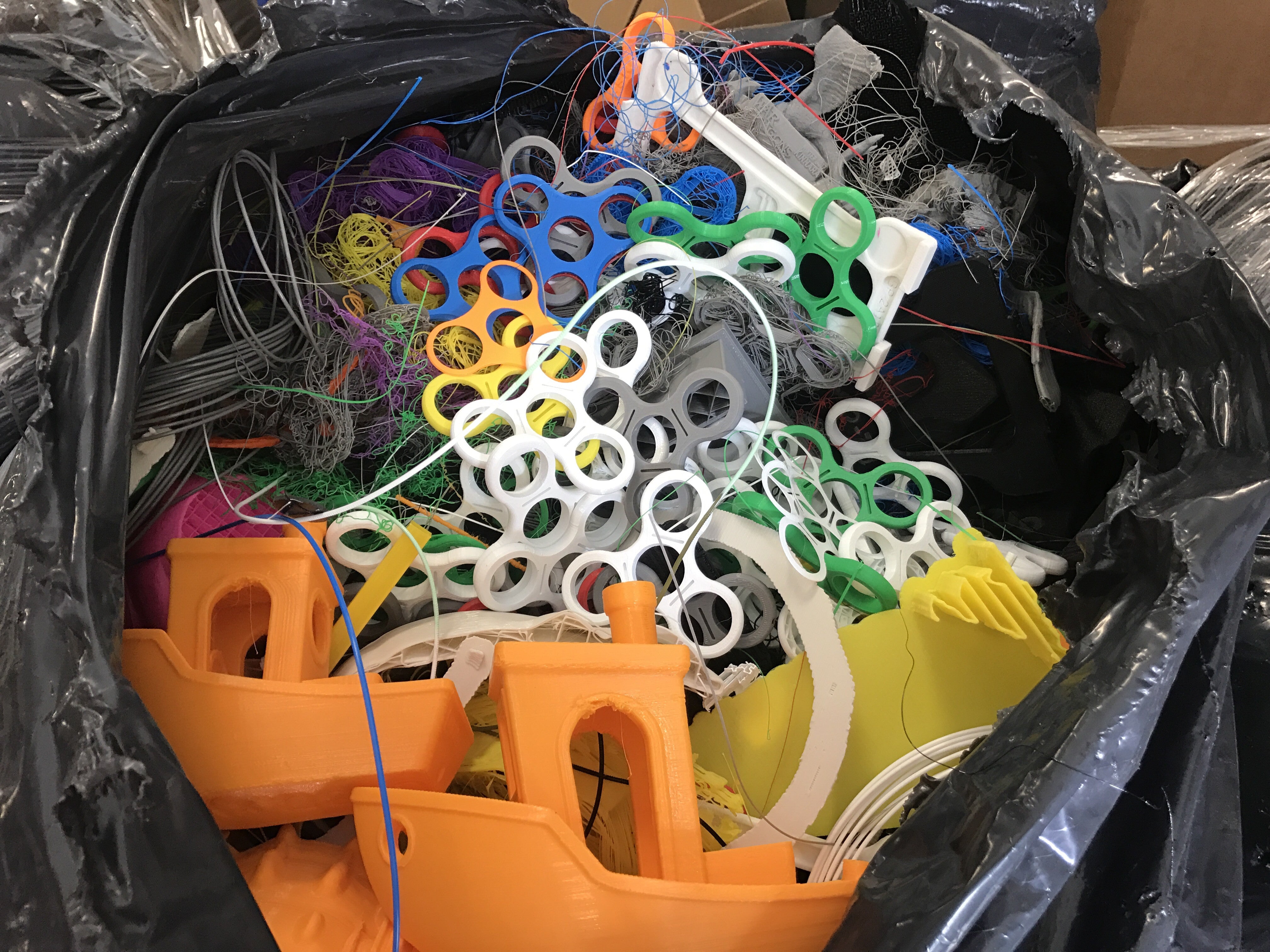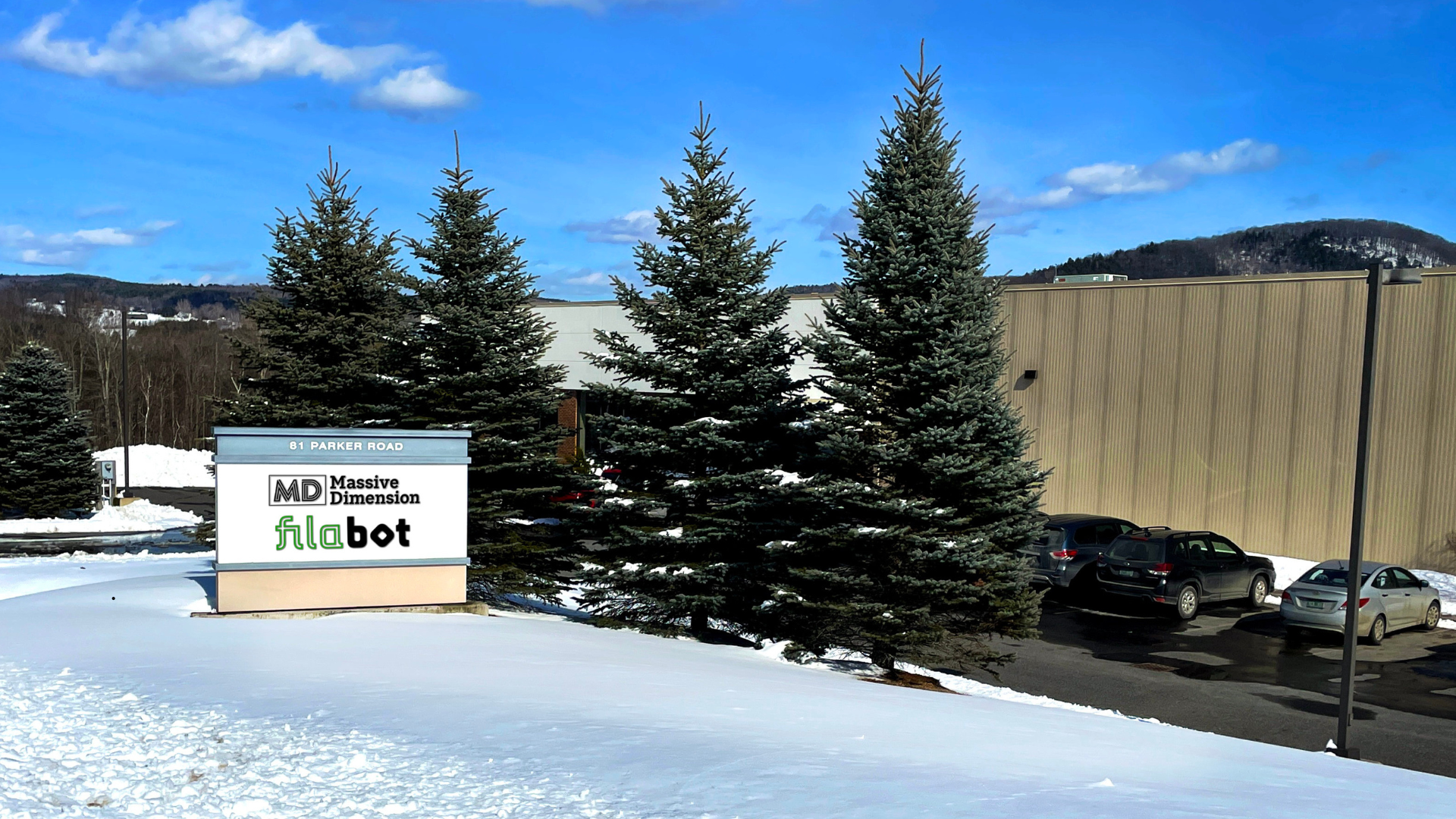Here at Filabot we're fans of ideas, innovation and design. We like stuff that does stuff that hasn't been done before (cough, cough: the Filabot itself).
The Filabot was designed and created to take waste and turn that waste into usable material. Instead of using more resources, and contributing more to the landfill the idea is that smaller waste streams can be zapped up and used to create solutions to our plastic addiction. We call these materials "unnatural" resources and we're pumped about what the Filabot can and is doing for recycling waste.
The principles that underlie the Filabot and our mission aren't new. They have been inspired by a number of different ideas, people and movements. One book that should be heralded by all makers and designers everywhere, that is full of fascinating ideas and inspiration, is Cradle to Cradle: Remaking the Way We Make Things by William McDonough and Michael Braungart.
It's one of our sacred texts over at Filabot and we're keen on getting Cradle to Cradle into more people's hands. The ideas in this book are important and the implications are even more important as makers in the 3D printing industry become more relevant to the economy and world stage as a whole. This book flips design on it's head and that's what we're all about here at Filabot: being disruptive.
The authors of this book make it clear: this book is not a tree. It isn't made like a "normal" book is made. And in that, they're proving their point, their thesis, the raison d'etre of the book itself.
This book is not a tree.
It is printed on synthetic 'paper' and bound into a book format developed by innovative book packager Charles Melcher of Melcher Media. Unlike the paper with which we are familiar, it does not use any wood pulp or cotton fiber but is made from plastic resins and inorganic fillers. This material is not only waterproof, extremely durable, and (in may localities) recyclable by conventional means; it is also a prototype for the book as a 'technical nutrient,' that is, as a product that can be broken down and circulated infinitely in industrial cycles-- made and remade as 'paper' or other products.
Yeah, pretty freakin' cool.
What the authors Bill and Michael are proposing is a new way to design things. A new industrial revolution in which intentional design is an integral part in how we think about materials, from their inception, to their use, to their use as something else entirely.
They ask: "What if humans designed products and systems that celebrate an abundance of human creativity, culture, and productivity? That are so intelligent and safe, our species leaves an ecological footprint to delight in, not lament?"

For them, it's all about a question of design. Most products are cradle-to-grave, designed to be thrown "away" and disposed of. This is creating environmental and health problems that are so vast, we're at a point where something has to be done, must be done, if we're serious about the realities of climate change and cleaning up the ocean. Not only what we do, but how we think and how we think about how we think (whoa, meta) needs to change.
"Once you understand the destruction taking place, unless you do something to change it, even if you never intended to cause such destruction, you become involved in a strategy of tragedy. You can continue to be engaged in that strategy of tragedy, or you can design and implement a strategy of change."
We like that idea, and are working here at Filabot to shuck that strategy of tragedy and implement our strategies for change. Change at our own company, change for makers, designers and waste streams all across the country and the world.
Over the next couple of weeks we'll be reading Cradle to Cradle to share some of it's profundities, examples and principles in hopes that you, dear reader, will become inspired to change the ways you think about design and how you interact with the larger systems of this great planet we all call home.
(And then at some point we're going to cut this book up and turn it into filament, hell to the yeah we are).
Thanks for reading,
The Filabot Team




